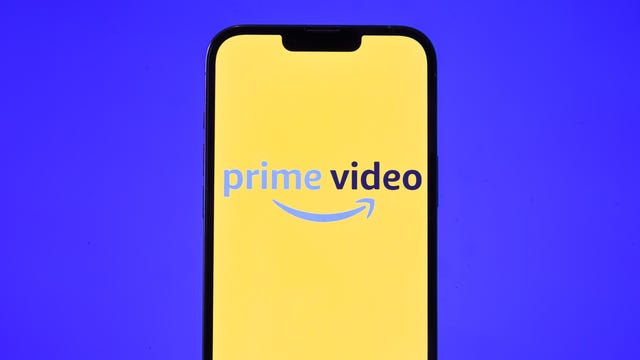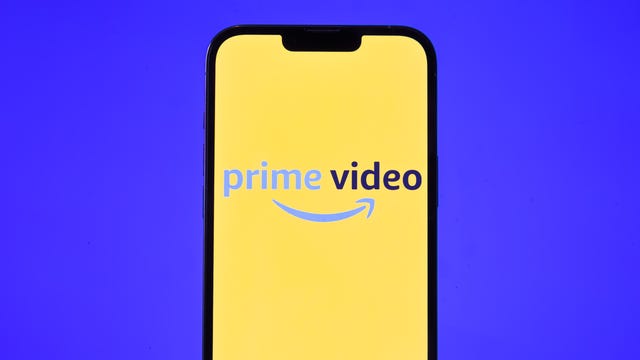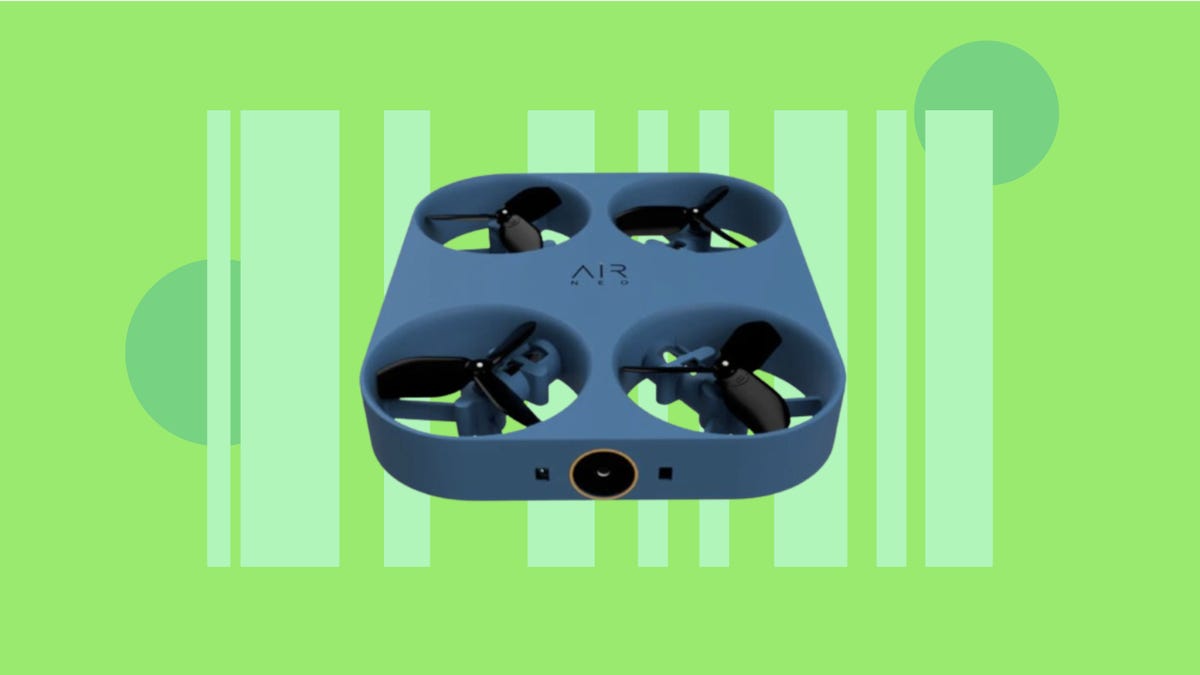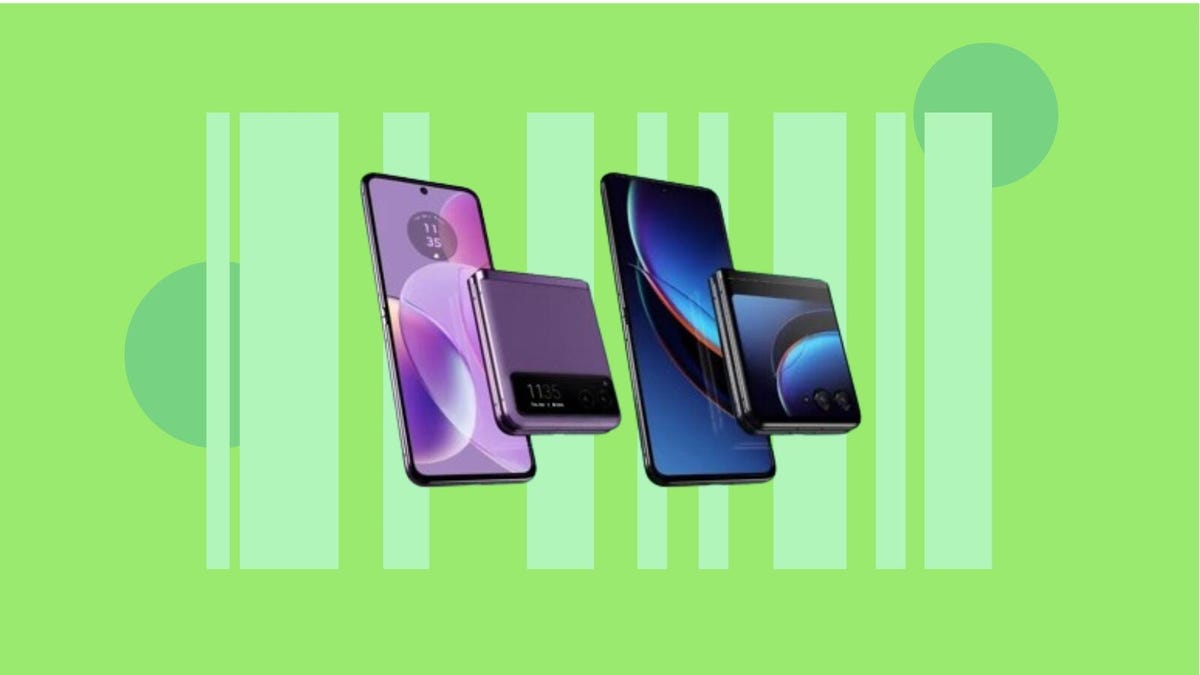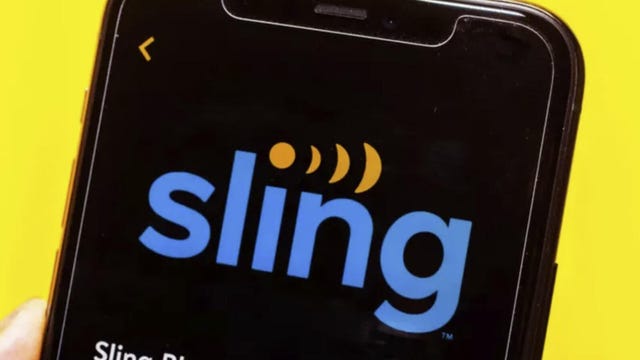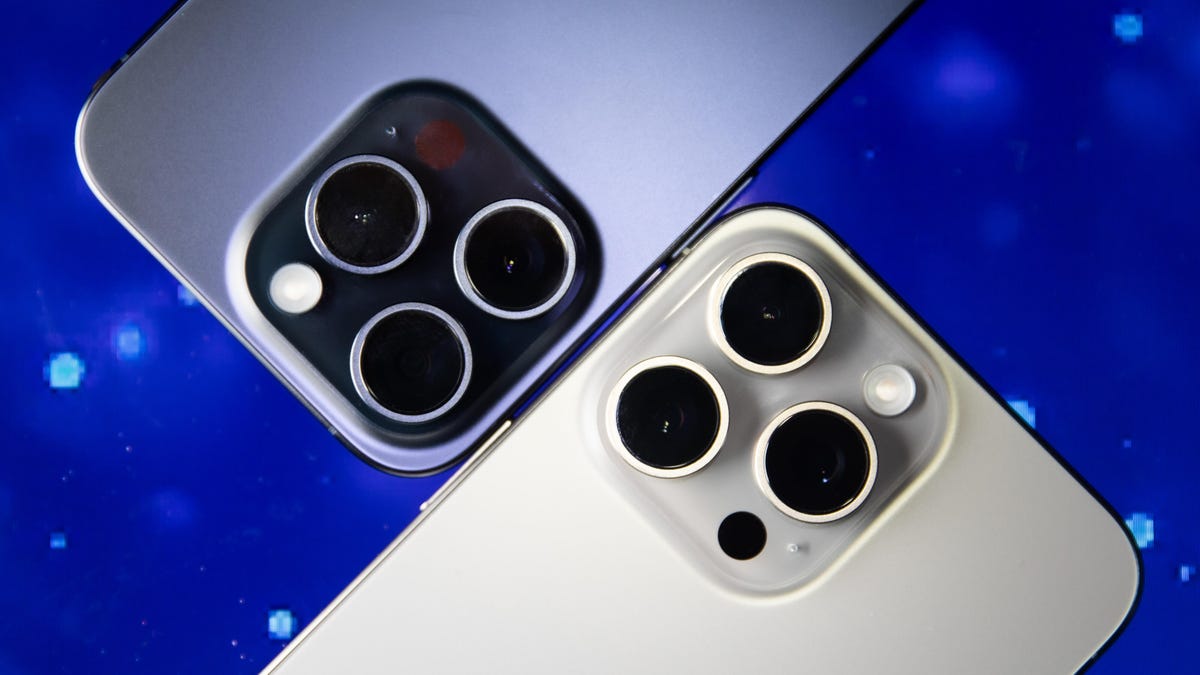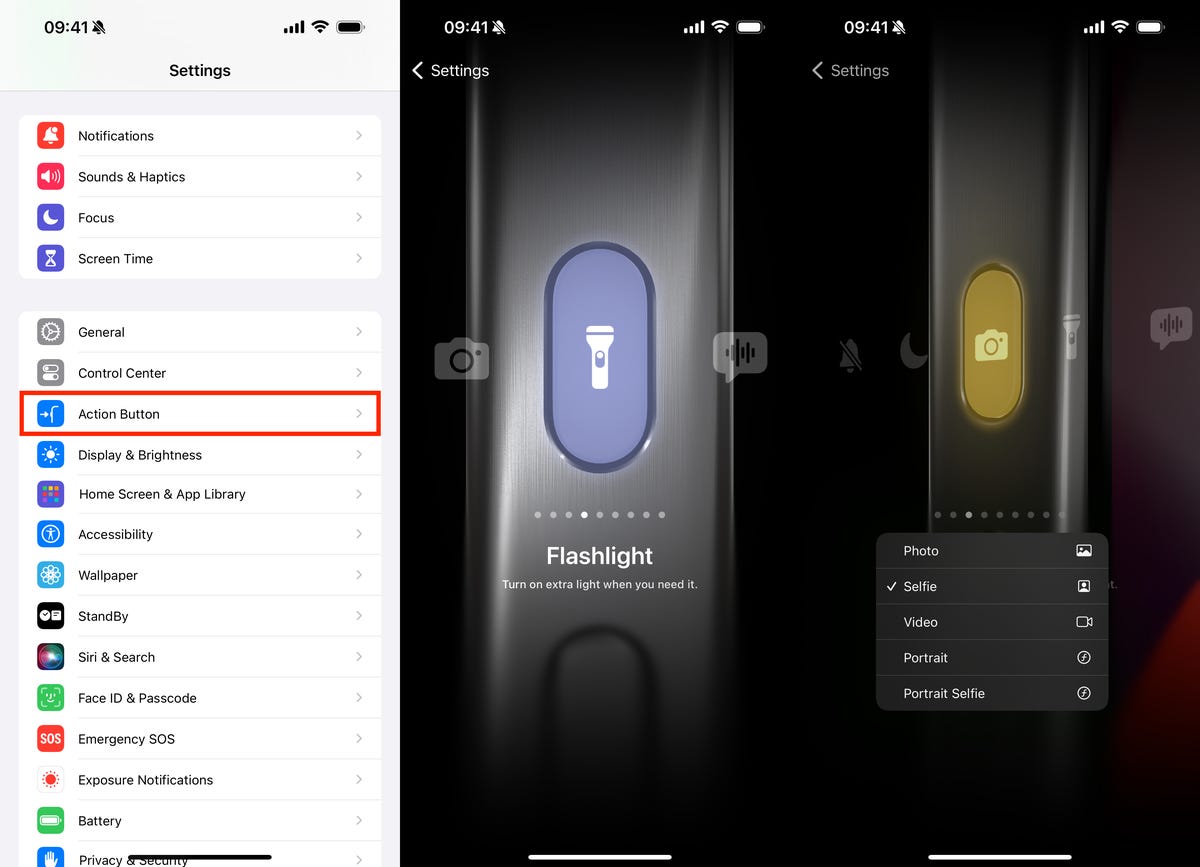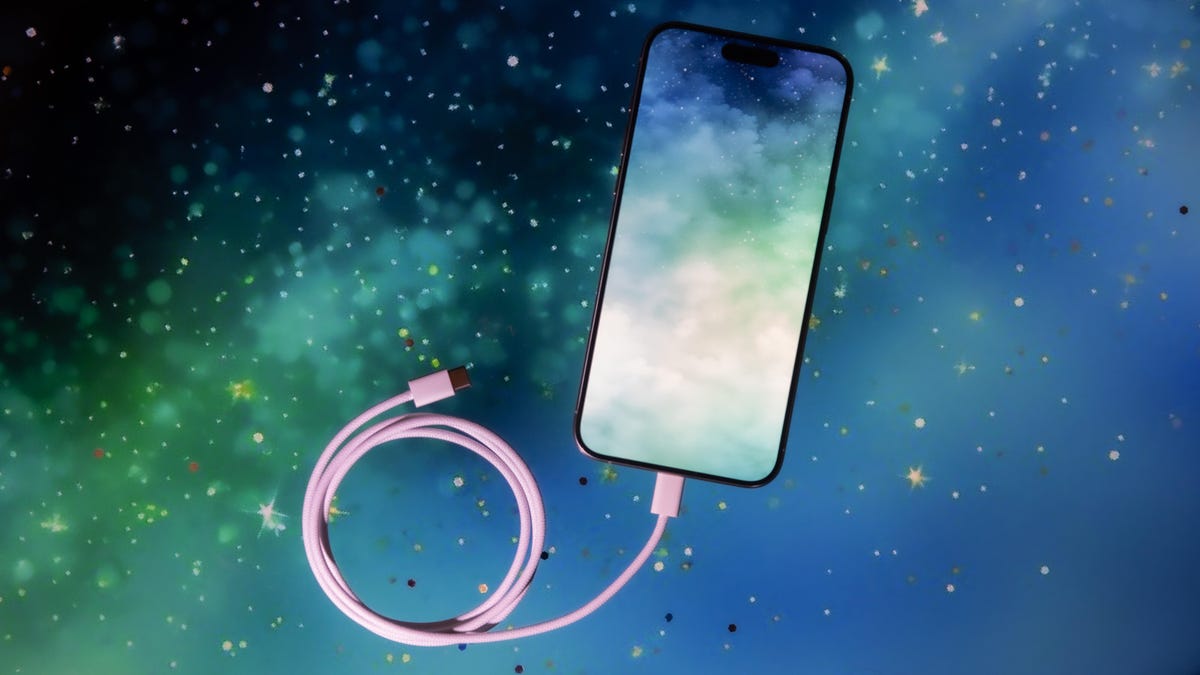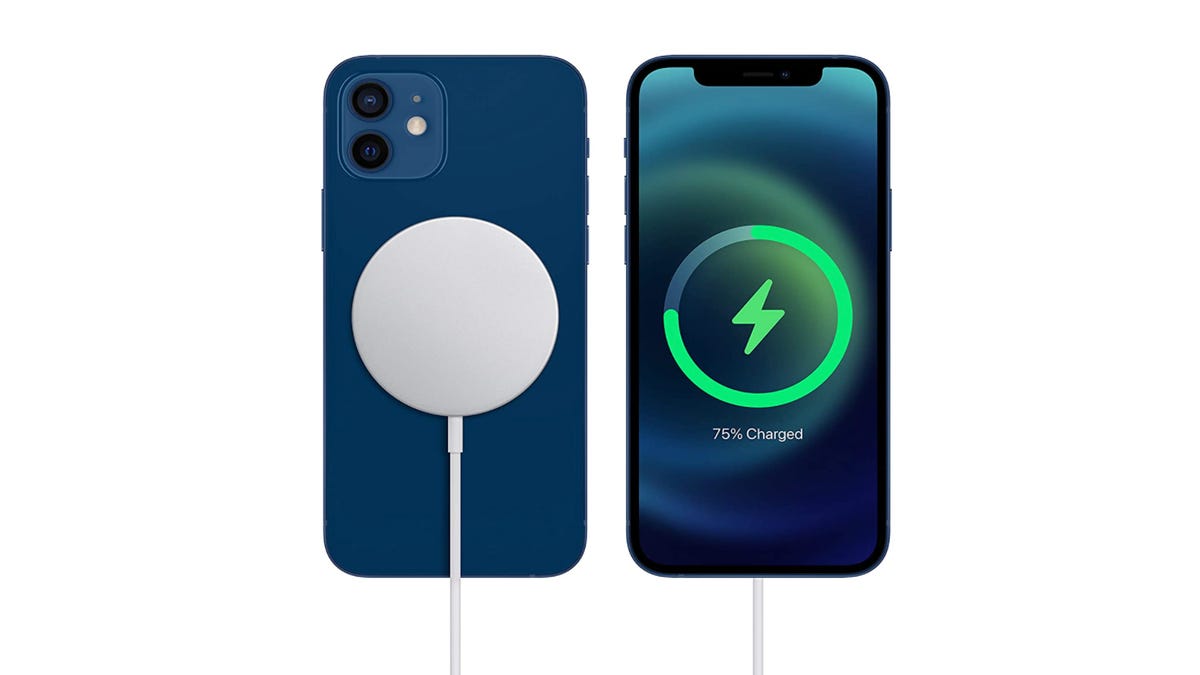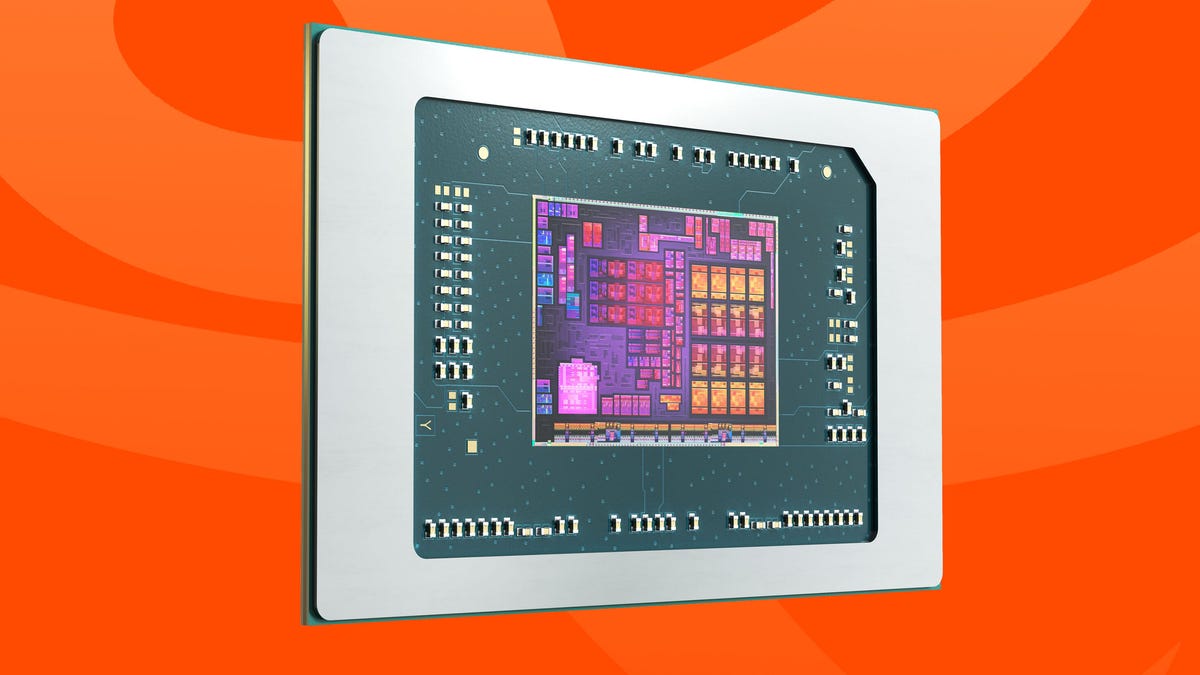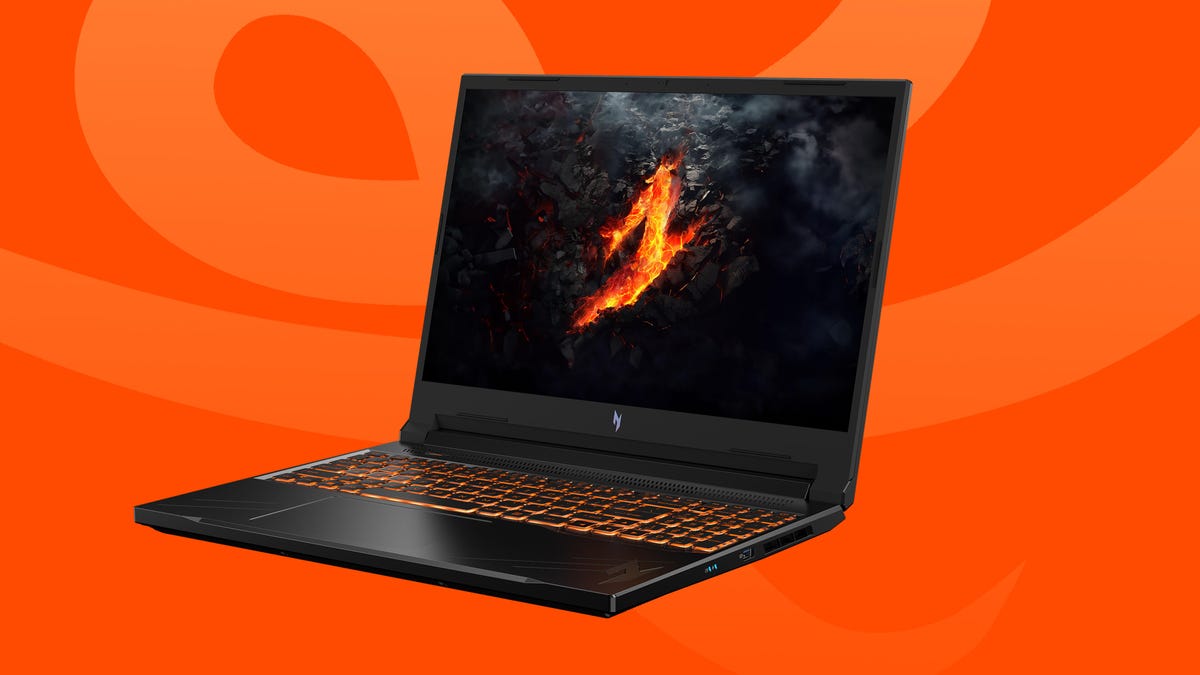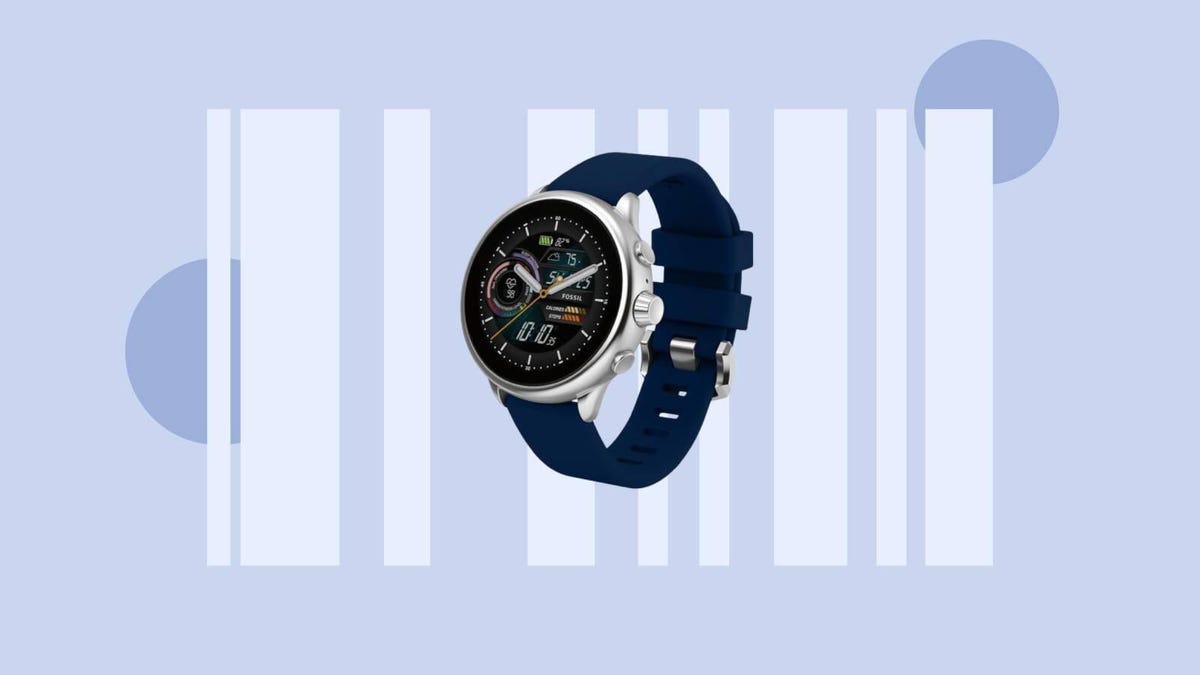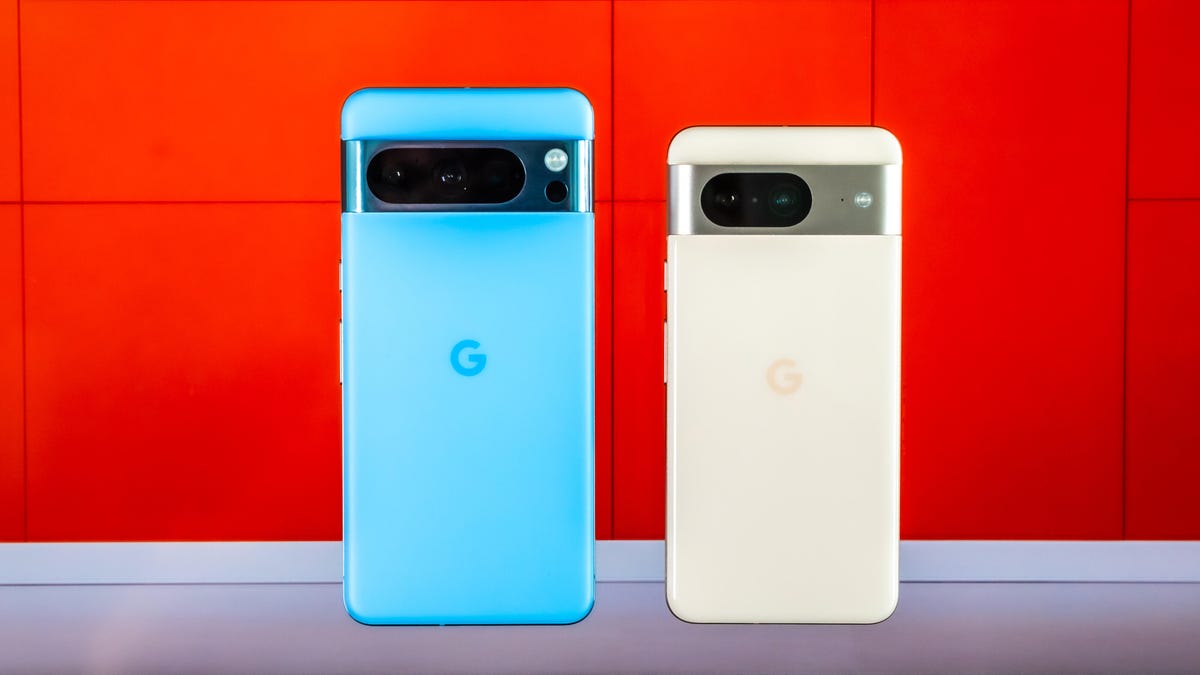Relegation-threatened Everton will be aiming to build upon last weekend’s win over Nottingham Forest as they face a Newcastle side that comes into this clash off the back of a big win of their own in the English Premier League.
While Everton’s legal team look to overturn their 10-point deduction for financial rule breaches, the punishment means the Toffees remain in the bottom three despite a crucial away win on Sunday.
They now face a Newcastle side buoyed by their impressive 1-0 win over Manchester United. Magpies boss Eddie Howe will be mindful that his side have only won one of their last eight games away from home, but will be encouraged by the fact that their hosts have won just once at Goodison Park in the EPL so far this season.
Below, we’ll outline the best live TV streaming services for watching all of the action live wherever you are in the world.

Everton vs. Newcastle United: When and where?
Everton host Newcastle United at Goodison Park on Thursday, Dec. 7. Kickoff is set for 7:30 p.m. GMT local time. That’s 2:30 p.m. ET or 11:30 a.m. PT in the US and Canada, and 6:30 a.m. AEDT early on Friday morning in Australia.
How to watch the Everton vs. Newcastle game online from anywhere using a VPN
If you find yourself unable to view the game locally, you may need a different way to watch; that’s where using a VPN can come in handy. A VPN is also the best way to stop your ISP from throttling your speeds on game day by encrypting your traffic, and it’s also a great idea if you’re traveling and find yourself connected to a Wi-Fi network, and you want to add an extra layer of privacy for your devices and logins.
With a VPN, you’re able to virtually change your location on your phone, tablet or laptop to get access to the game. So if your internet provider or mobile carrier has stuck you with an IP address that incorrectly shows your location in a blackout zone, a VPN can correct that problem by giving you an IP address in your correct, non-blackout area. Most VPNs, like our Editors’ Choice, ExpressVPN, make it really easy to do this.
Using a VPN to watch or stream sports is legal in any country where VPNs are legal, including the US, UK and Canada, as long as you have a legitimate subscription to the service you’re streaming. You should be sure your VPN is set up correctly to prevent leaks: Even where VPNs are legal, the streaming service may terminate the account of anyone it deems to be circumventing correctly applied blackout restrictions.
Looking for other options? Be sure to check out some of the other great VPN deals taking place right now.
Livestream the Everton vs. Newcastle game in the US
Thursday’s Everton-Newcastle match is streaming on Peacock. You’ll need a Peacock Premium or Premium Plus account to catch the game live.
Livestream the Everton vs. Newcastle game in the UK
Premier League rights in the UK are split between Sky Sports, Amazon Prime Video and TNT Sports (previously known as BT Sport). Everton vs. Newcastle is part of a full program of Premier League games being shown exclusively live on Amazon Prime this week.
Livestream the Everton vs. Newcastle game in Canada
If you want to stream this match live in Canada, you’ll need to subscribe to Fubo Canada. The service has exclusive rights for this Premier League season.
Livestream the Everton vs. Newcastle game in Australia
Football fans Down Under can watch this EPL fixture on the streaming service Optus Sport, which is showing every single Premier League game live in Australia this season.
Quick tips for streaming the Premier League using a VPN
- With four variables at play — your ISP, browser, video streaming provider and VPN — your experience and success when streaming EPL matches may vary.
- If you don’t see your desired location as a default option for ExpressVPN, try using the “search for city or country” option.
- If you’re having trouble getting the game after you’ve turned on your VPN and set it to the correct viewing area, there are two things you can try for a quick fix. First, log into your streaming service subscription account and make sure the address registered for the account is an address in the correct viewing area. If not, you may need to change the physical address on file with your account. Second, some smart TVs — like Roku — don’t have VPN apps you can install directly on the device itself. Instead, you’ll have to install the VPN on your router or the mobile hotspot you’re using (like your phone) so that any device on its Wi-Fi network now appears in the correct viewing location.
- All of the VPN providers we recommend have helpful instructions on their main site for quickly installing the VPN on your router. In some cases with smart TV services, after you install a cable network’s sports app, you’ll be asked to verify a numeric code or click a link sent to your email address on file for your smart TV. This is where having a VPN on your router will also help, since both devices will appear to be in the correct location.
- And remember, browsers can often give away a location despite using a VPN, so be sure you’re using a privacy-first browser to log into your services. We normally recommend Brave.
